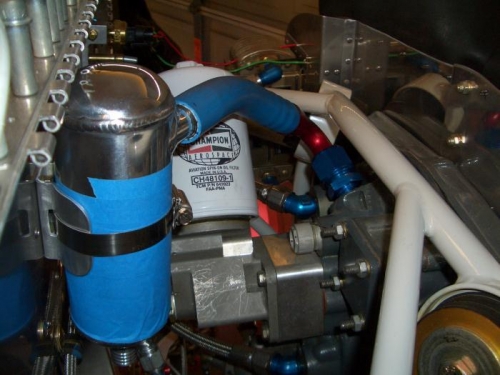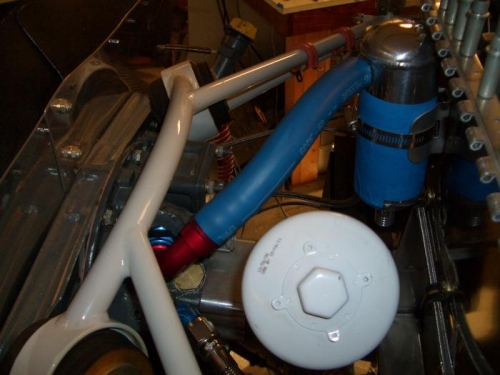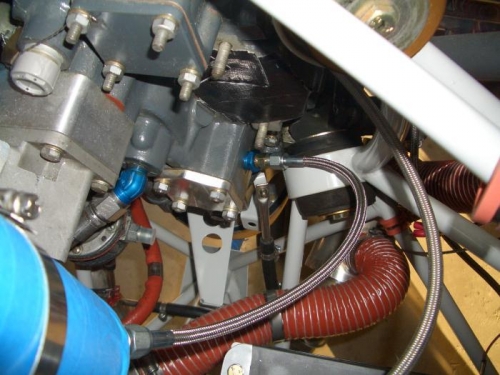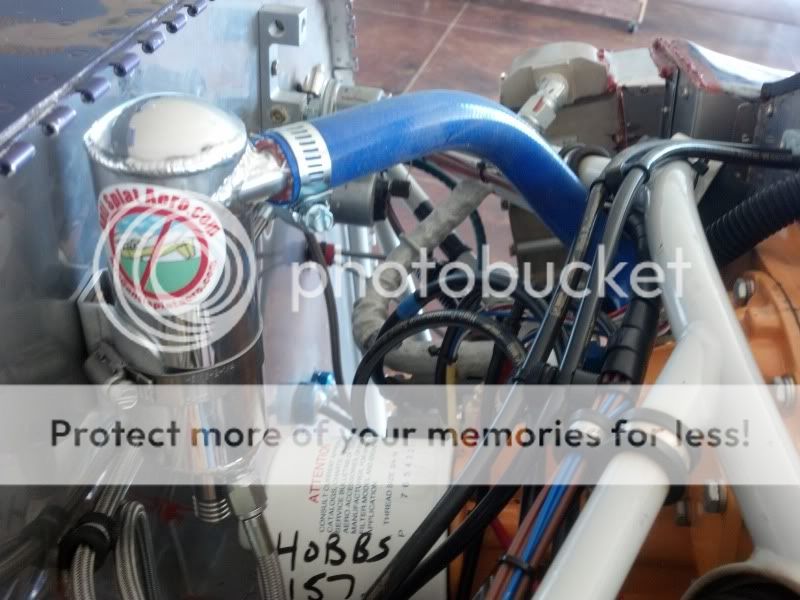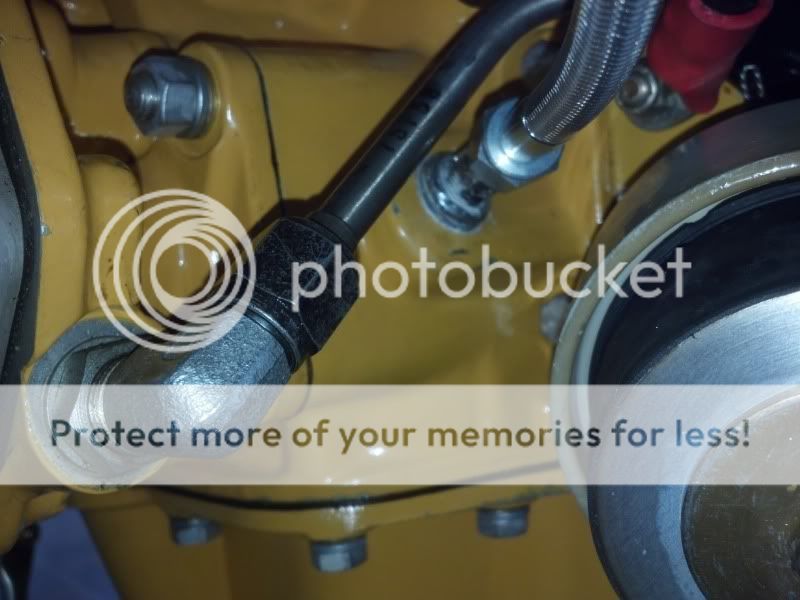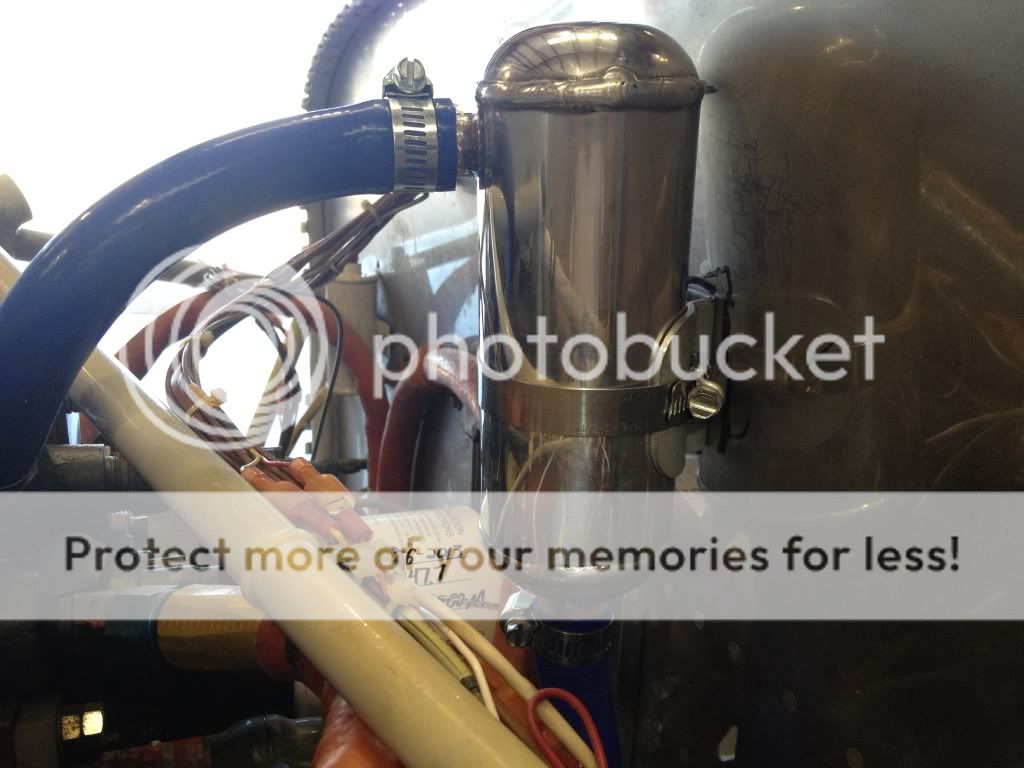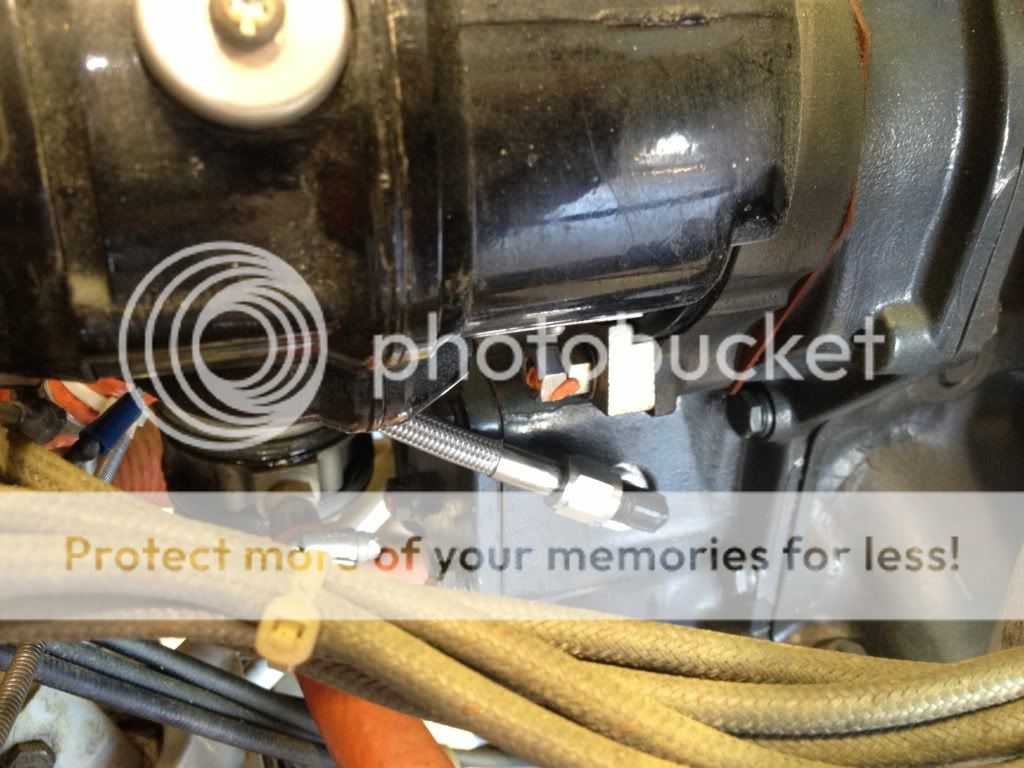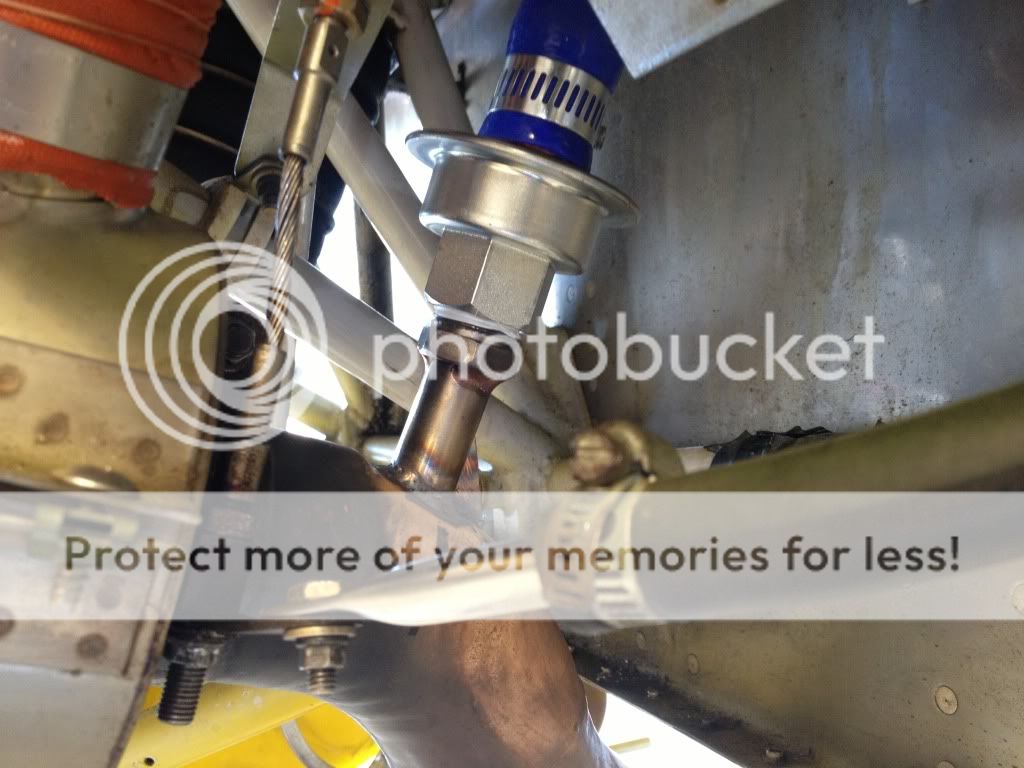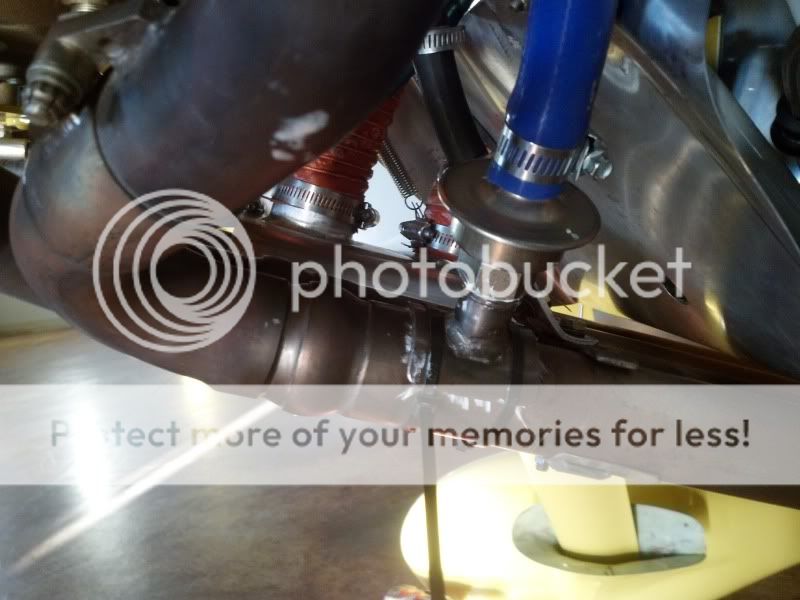Thanks Allan for posting some answers.
Looking at my installation pictures I may be just around 45 degrees and "puddling" was what I was hoping for.
By puddling I understand collecting the one or two drops of oil that make their way down the tube and end up on the hangar floor after shut down. I thought that the reed valve would capture these after shut down and burn them off again when the exhaust system is hot. Having put a few hours on before installing the reed valve I can say there was no oil getting on the floor as opposed to the standard installation without the oil separator.
Maybe you can explain what you mean by puddling and why I would not want that.
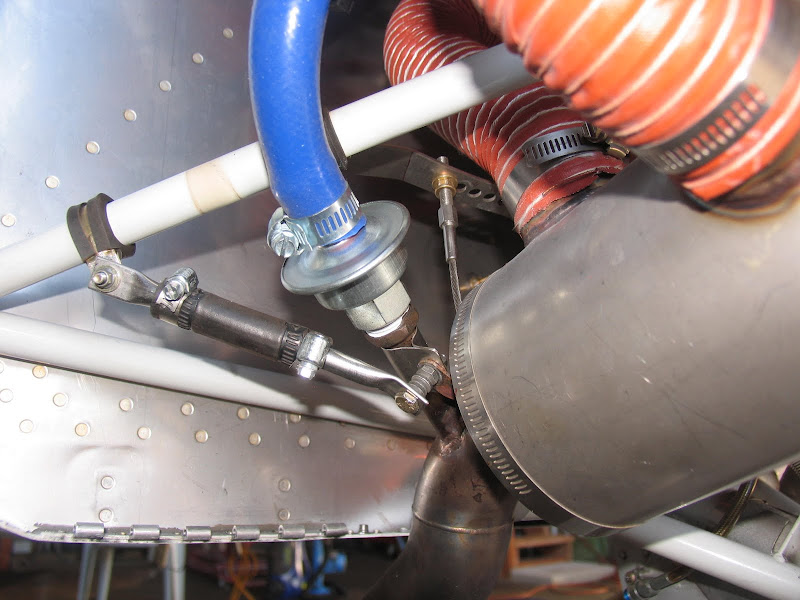
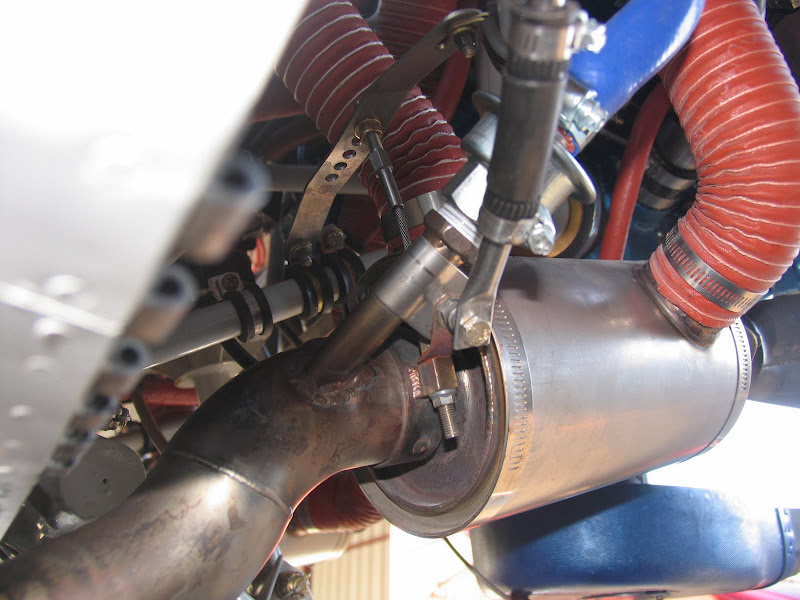
Looking at my installation pictures I may be just around 45 degrees and "puddling" was what I was hoping for.
By puddling I understand collecting the one or two drops of oil that make their way down the tube and end up on the hangar floor after shut down. I thought that the reed valve would capture these after shut down and burn them off again when the exhaust system is hot. Having put a few hours on before installing the reed valve I can say there was no oil getting on the floor as opposed to the standard installation without the oil separator.
Maybe you can explain what you mean by puddling and why I would not want that.
Last edited:




